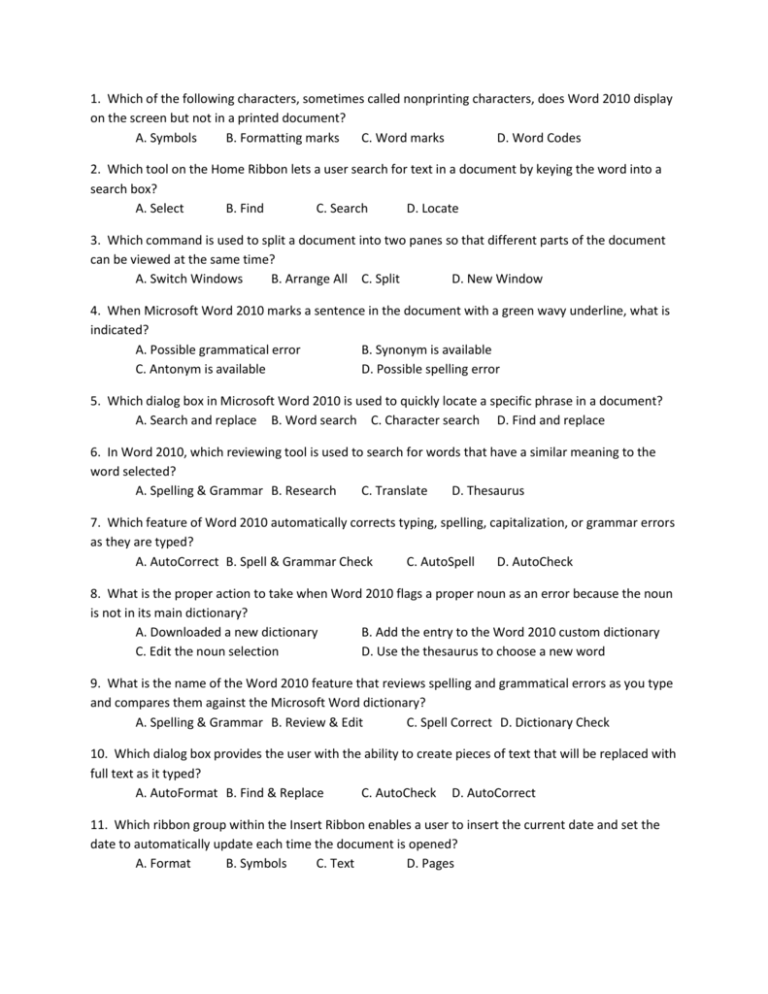
:max_bytes(150000):strip_icc()/remove-paragraph-symbols-outlook-03-1a3e08bcbf634a5eafa5986ce302d266.jpg)
I want to format the text inside each cell to be a specific font, size, weight and color. I have several cells that contain, , and so on. Is there any way I can get this exact functionality within Excel 2013? I have used it successfully in Word 2013 (thanks to this helpful article), but Excel seems to take my “replace” text as a literal string and will not parse my expression properly. Change the number of spaces after a period:.Find and replace any number of spaces:.\3 - Tells Word to replace the third element of the Find with what was in the Find (the closing square bracket).Īs with the Find elements, there are no spaces between these elements.In other words, keep the exact text as was found, but change it’s font size and color. \2 - Tells Word to replace the second element of the Find with the same text as what was found.

\1 - Tells Word to replace the first element of the Find with what was in the Find (the opening square bracket).There are no spaces between any of these elements - the aim is to find a string such as and replace it with exactly the same text but formatted in a different color and with a difference font size. above), the closing square bracket is a special wildcard character, so needs a backslash in front of it for Word to treat it as ordinary text, and it needs to be enclosed in parentheses as it’s an exact match you want. (\]) - This tells Word to stop the find at the first closing square bracket it finds after an opening square bracket followed by any other characters.There’s no limit on what sort of characters (alpha, numeric, or symbols) Word is to find, or on how many there are. (*) - This tells Word to look for any characters after the opening square bracket.However, because the square brackets are special wildcard characters in their own right, you need to tell Word to treat them as normal text characters and not as special characters, so you put in a backslash ‘ \‘ (also known as an ‘escape’ character) before the [. (\[) - You need to find a specific character (the opening square bracket), so you need to enclose it in parentheses.If it’s all OK, save your document with the new changes. Once all replacements have been made, check that you got what you expected before making further changes to the document.Your Find and Replace dialog box should now look like this:įind and reformat text inside square brackets On the Font dialog box change the settings to what you want - in my husband’s case, this was 4 pt and blue - then click OK.Click the Format button, and select Font.Go to the Replace with field and type: \1\2\3.Type the following exactly (or copy it from here): (\).Put your cursor into the Find what field.Press Ctrl+H to open the Find and Replace dialog box.entire document, selected paragraphs, selected columns or rows of a table). Select the text you want to change (e.g.Meantime, here’s my solution, which works in all versions of Word: I explain what all the settings mean after these steps, if you’re interested.
What are formatting symbols in word 2010 trial#
With some help from and a bit of trial and error, I figured it out. However, square brackets are special characters in wildcard searches, so they have to be treated differently. This is an ideal job for using wildcards in Word’s find and replace. My husband wanted to select a long column of text and find any text that was inside square brackets and reformat it so that the text - and the square brackets - was 4 pt and blue (no, I don’t know why either…).


 0 kommentar(er)
0 kommentar(er)
